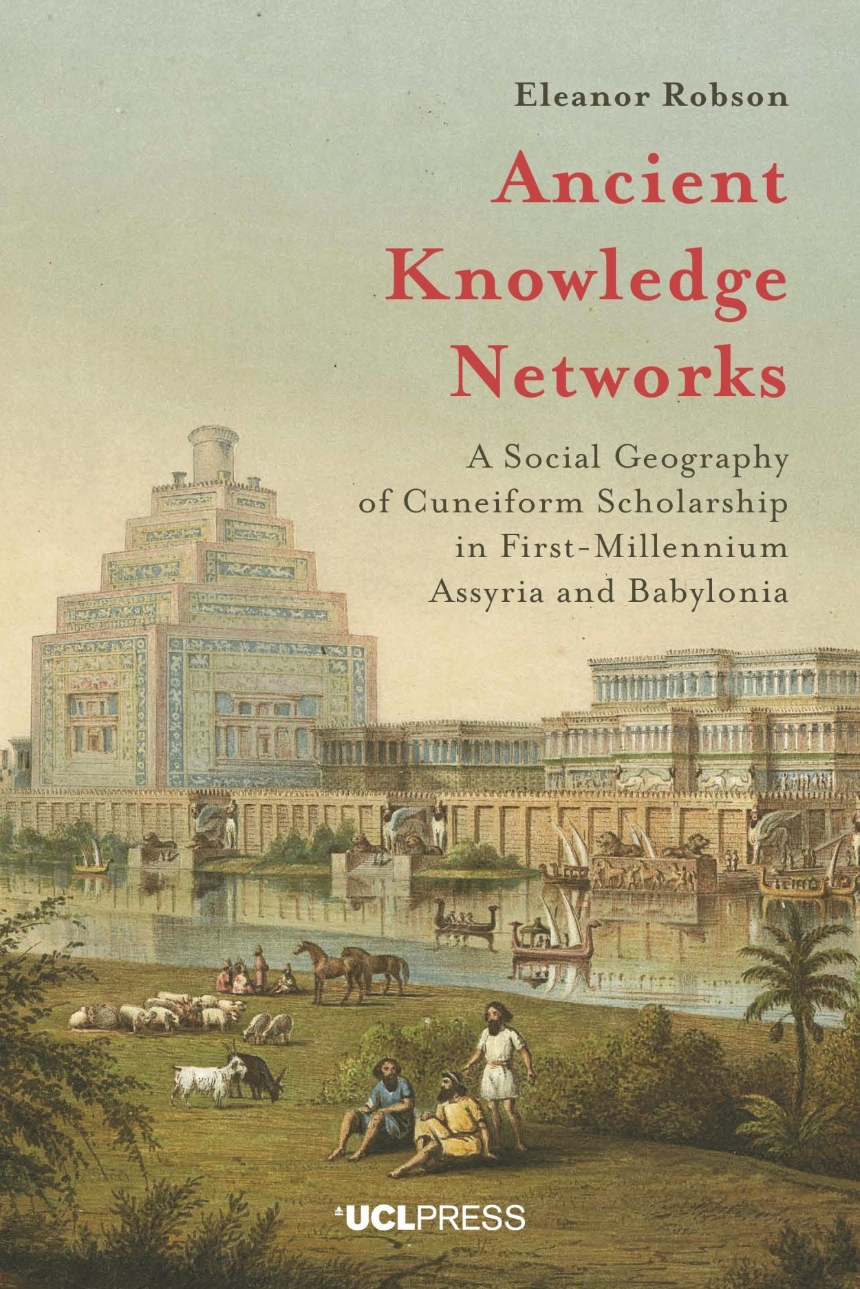Ancient Knowledge Networks
A Social Geography of Cuneiform Scholarship in First-Millennium Assyria and Babylonia
9781787355958
9781787355965
Distributed for UCL Press
Ancient Knowledge Networks
A Social Geography of Cuneiform Scholarship in First-Millennium Assyria and Babylonia
With Ancient Knowledge Networks, Eleanor Robson investigates how networks of knowledge enabled cuneiform intellectual culture to adapt and endure over the course of five world empires until its eventual demise in the mid-first century BC. Addressing the relationships between political power, family ties, religious commitments, and scholarship in the ancient Middle East, Robson focuses on two regions where cuneiform script was the predominant writing medium: Assyria, north of modern-day Syria and Iraq, and Babylonia, south of modern-day Baghdad. In doing so, she also studies Assyriological and historical method, both now and over the past two centuries, asking how the field has shaped and been shaped by the academic concerns and fashions of the day.
340 pages | 37 color plates | 6.14 x 9.21 | © 2019
Free digital open access editions are available to download from UCL Press.
Sociology: General Sociology
Reviews
Table of Contents
1. Introduction
2. From ‘Ashurbanipal’s Library’
and ‘the stream of tradition’ to new approaches to cuneiform scholarship
3. Trust in Nabu? Assyrian royal
attitudes to court scholarship
4. The writing-board was at my
house: scholarly and textual mobility in seventh-century Assyria
5. Grasping the righteous
sceptre: Nabu, scholarship, and the kings of Babylonia
6. At the gate of Eanna: Babylonian
scholarly spaces before and after the early fifth century
7. Conclusions: Towards a social
geography of cuneiform scholarship
2. From ‘Ashurbanipal’s Library’
and ‘the stream of tradition’ to new approaches to cuneiform scholarship
3. Trust in Nabu? Assyrian royal
attitudes to court scholarship
4. The writing-board was at my
house: scholarly and textual mobility in seventh-century Assyria
5. Grasping the righteous
sceptre: Nabu, scholarship, and the kings of Babylonia
6. At the gate of Eanna: Babylonian
scholarly spaces before and after the early fifth century
7. Conclusions: Towards a social
geography of cuneiform scholarship

